When Helpers Get Sick: Making Meaning after Secondary Trauma
A college intern interviews torture survivors for the United Nations in a refugee camp and finds herself struggling with secondary trauma.
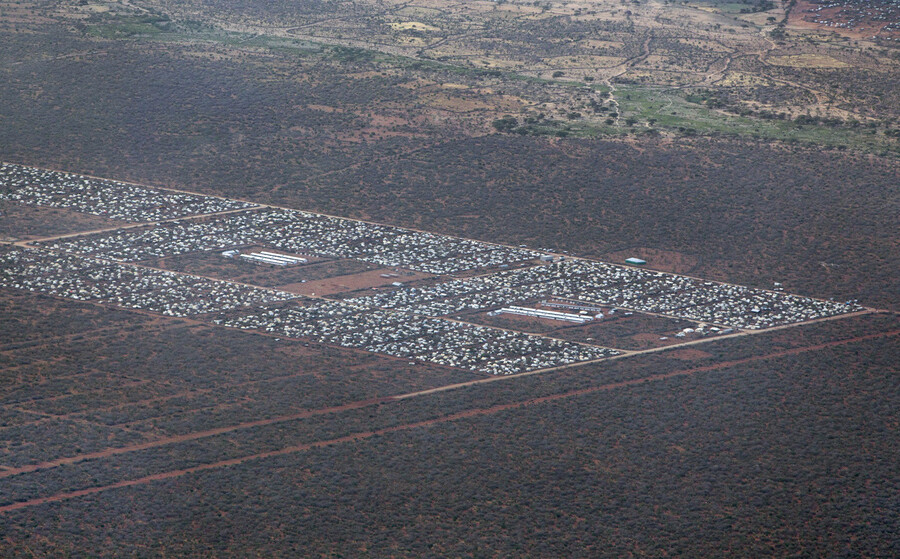
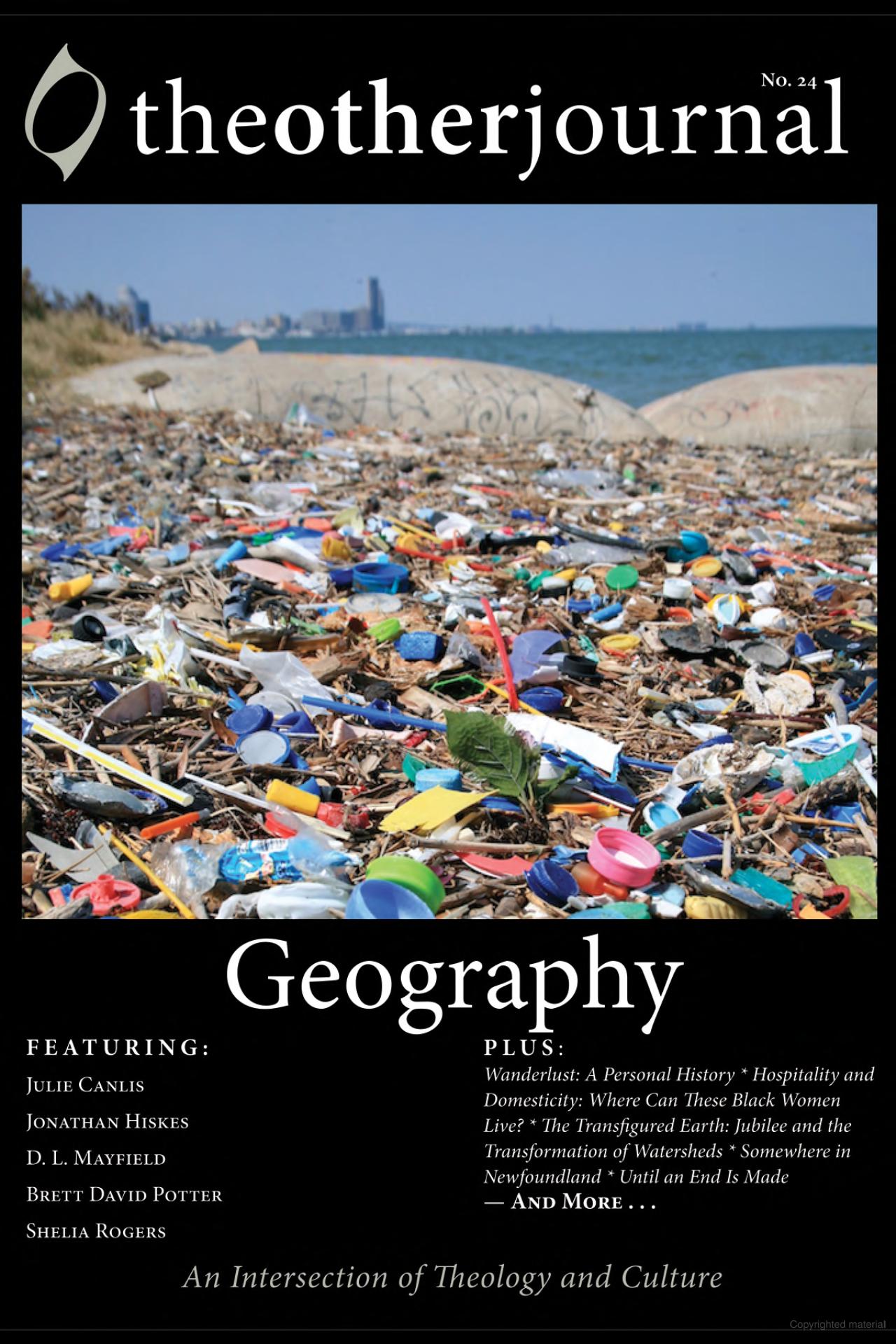
In this issue of The Other Journal, we seek to further explore and understand this deeply woven connection between our locations and our lives, between our land and our souls. The essays, artwork, and poetry in this issue consider this primitive and intimate connection. From snuffling bears in the Northwest backcountry to the magic of twinkling lights on California palms, from the cathedrals of Wales to the hardwood forests of Shenandoah and the trash-covered banks of Corpus Christi Bay, from contemporary bioregional praxis and the practice of reinhabitation to Saint Justin Martyr and the kingdom of God, we investigate the many and multifaceted ways that geography gives shape and content to our lives. And we especially hope to illuminate the broken places, for as Andrew Arndt says, “wherever there is pain, wherever there is struggle, wherever there is brokenness and hurt, wherever there is conflict, wherever there is paradox, wherever there is contradiction and chaos, wherever the human struggle for integration and wholeness is present, those are the places God is present and calling us.”
A college intern interviews torture survivors for the United Nations in a refugee camp and finds herself struggling with secondary trauma.

A sideways memory leads the speaker back to a time of rich experience and unexplored possibilities.

Alissa Herbaly Coons makes a new home with her young family in Australia.
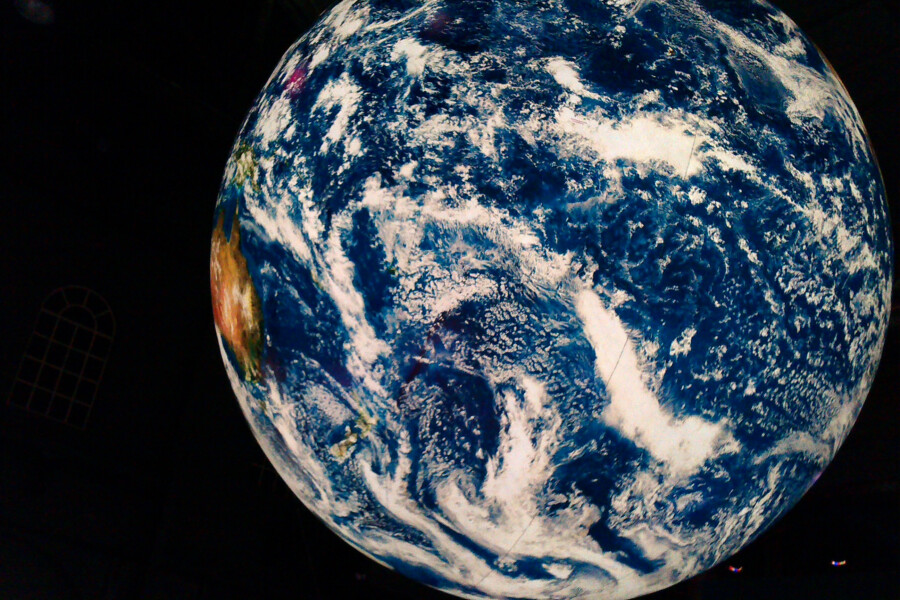
The lake breathes and you feel at home in its lungs.
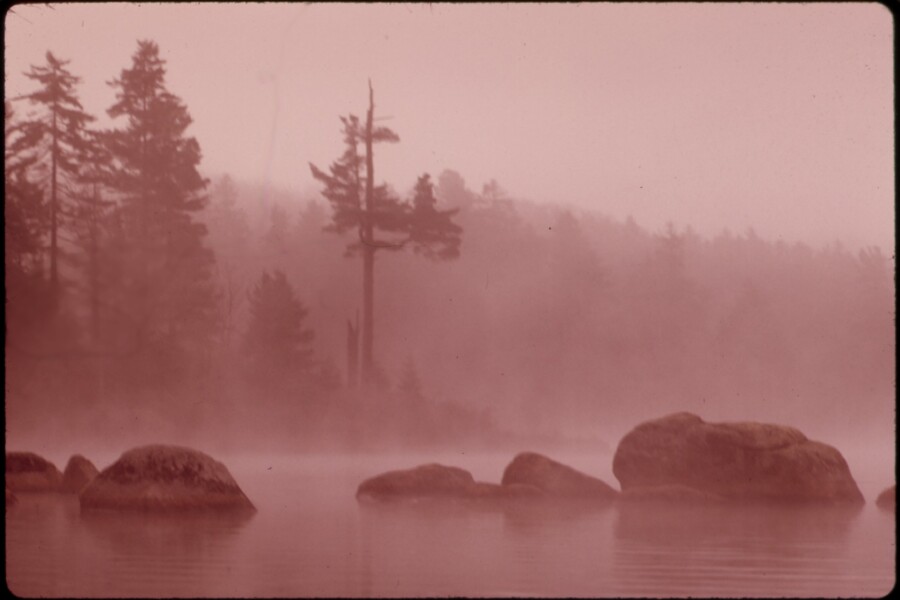
On geography, state fairs, and deep-fried nostalgia.
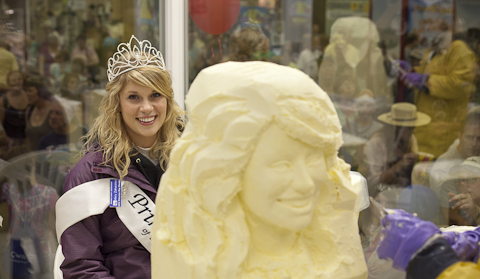
One woman’s adventure to camp across the United States with a tent and a sleeping bag and a purpose to be wide open.
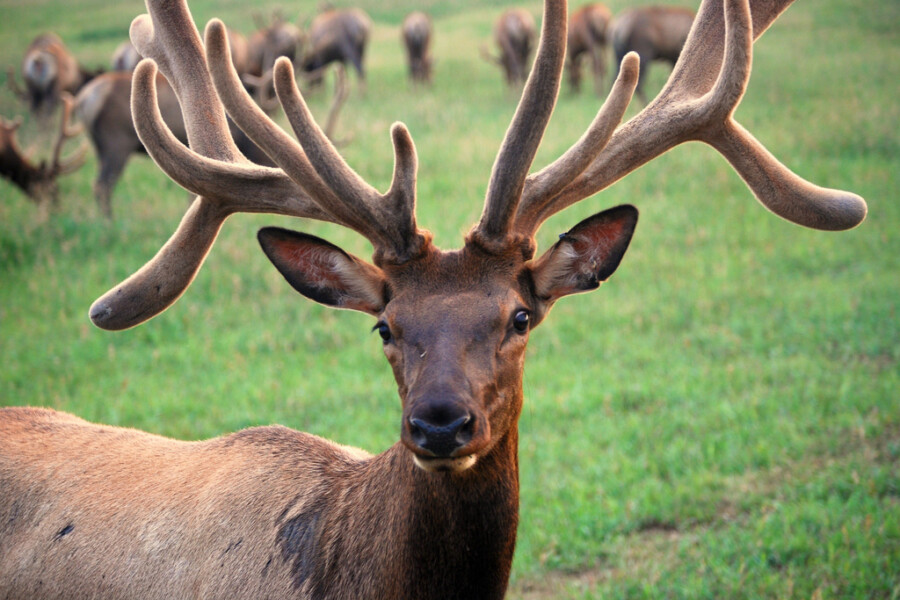
A poem longing for the place of taste

A man climbs buttes in western North Dakota, wondering if he’s a force of good or evil.
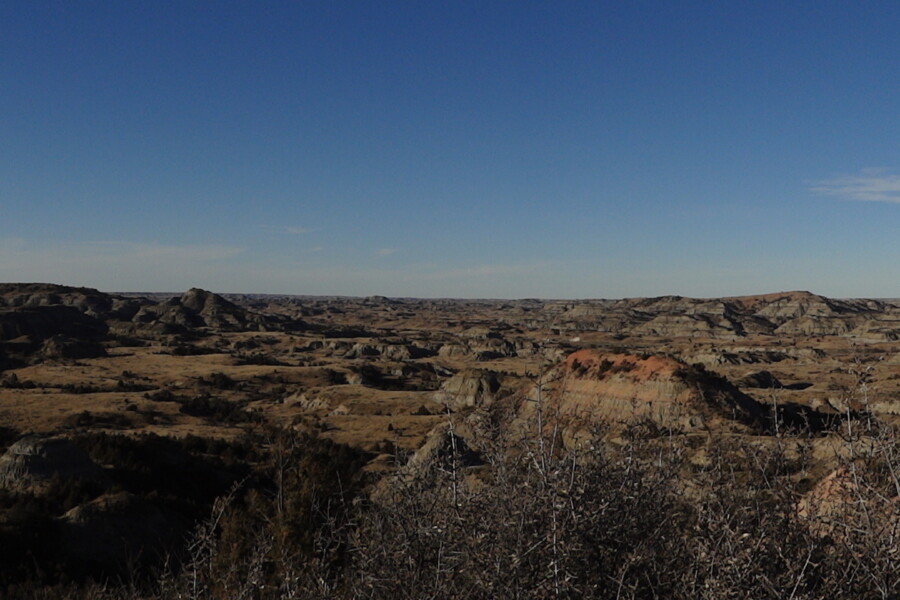
As I learned while traveling across England and Wales, pilgrimage, by its very nature, takes time and place. Pilgrimage honors the fact that our bodies participate in our redemption.
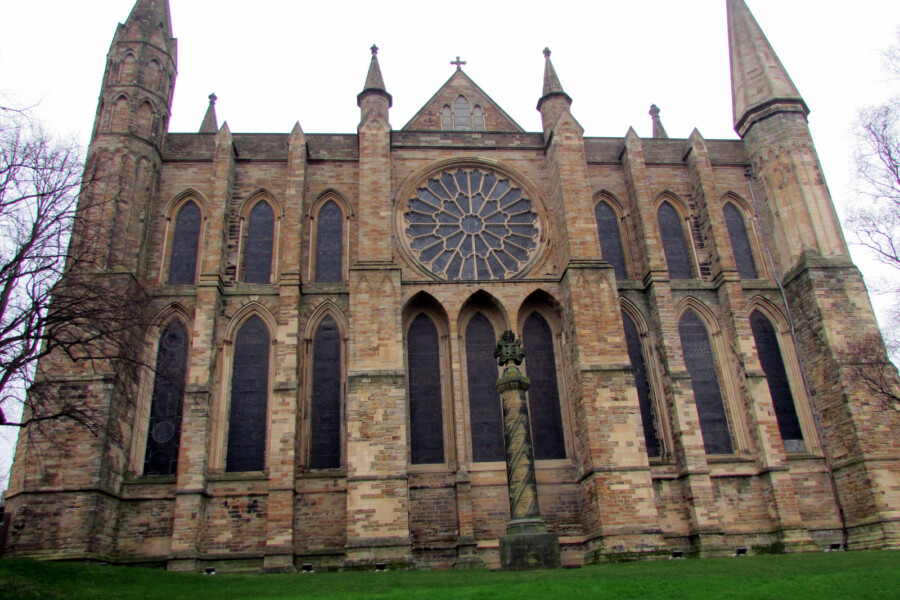
The Other Journal features the abstract landscape paintings and writings of emerging artist George Davis.
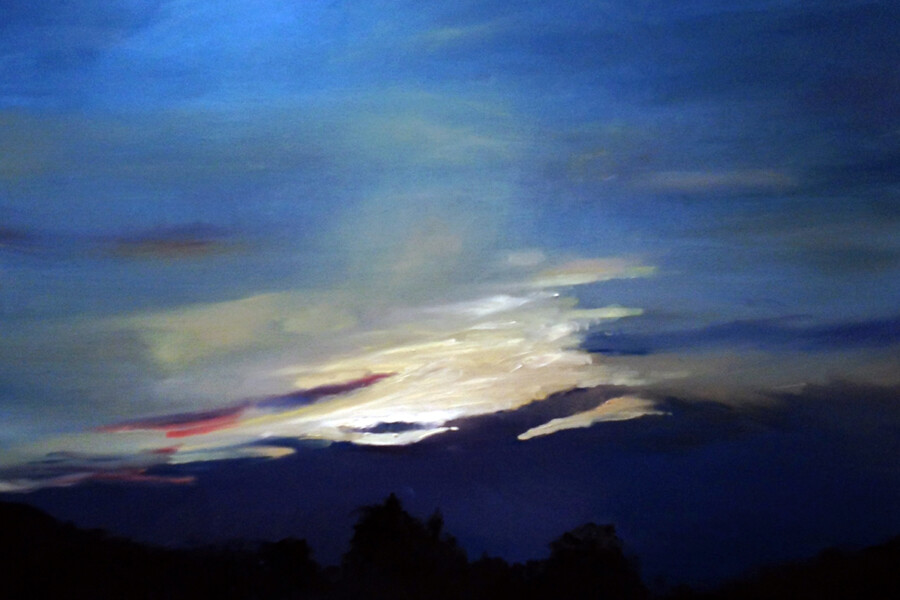
A non-native-Midwesterner wonders out loud about the fields.
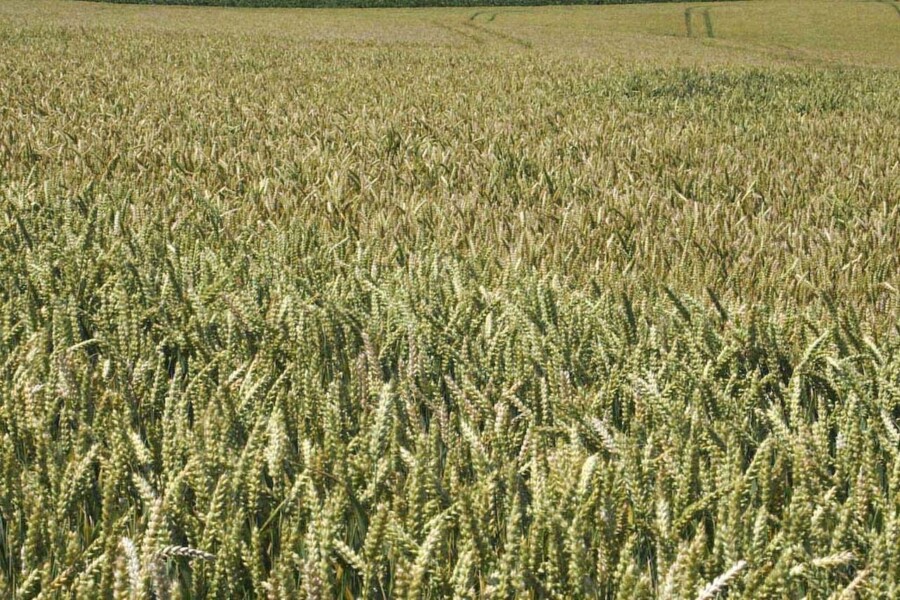
The once peripheral voices of African women theologians are prophetically calling for justice-oriented ways of reading the biblical text.
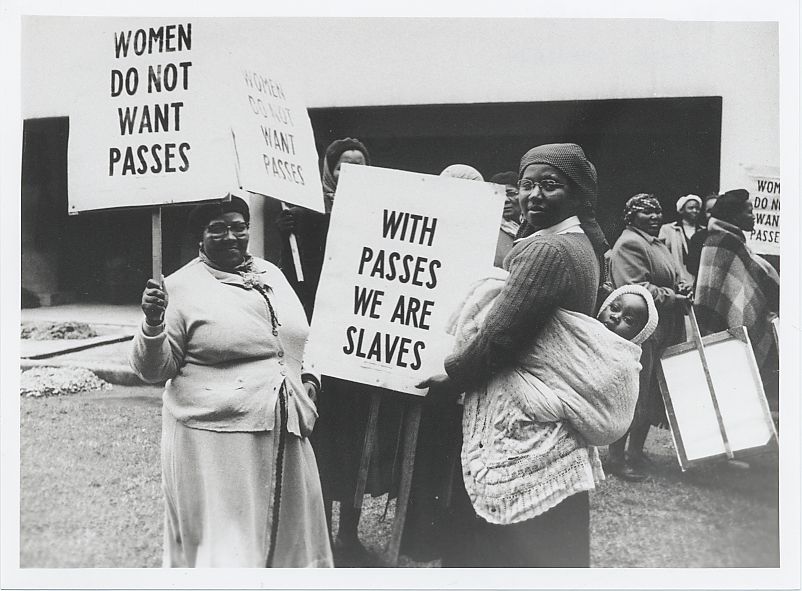
“Love thy neighbor” strongly implies not punching them in the face for fun.
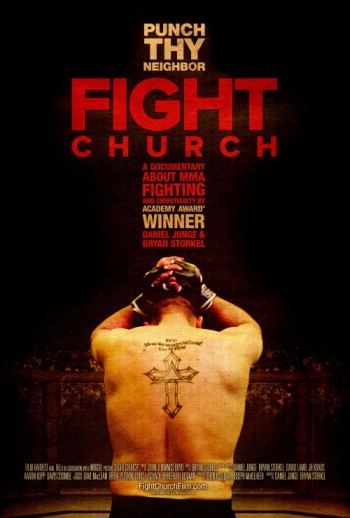
A presentation of the stonework installation ekko by Seattle-based artist Roger Feldman, who created this site-specific work as a call-and-response piece to Freswick Castle in Scotland, the grounds upon which the piece exists.
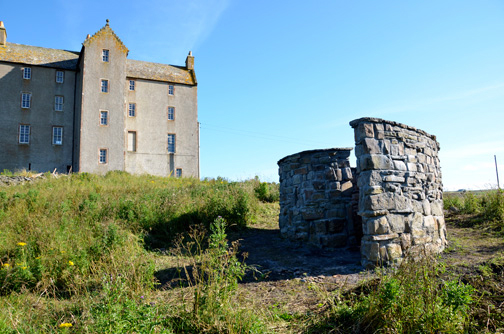
Karen Swallow Prior meditates on the slow marriage of North and South.
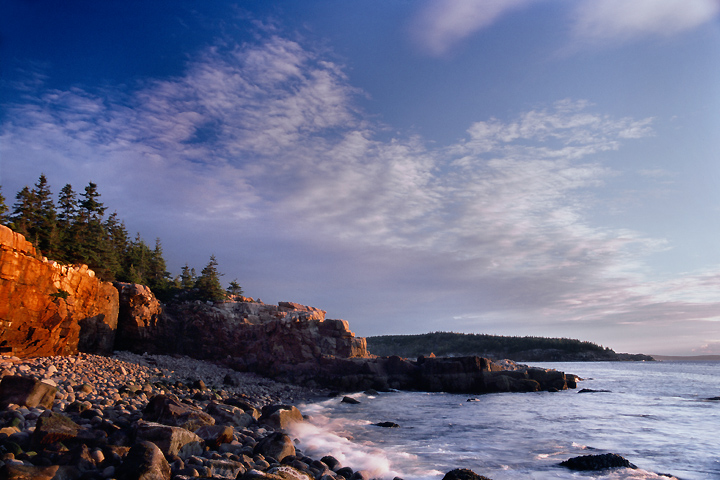
Certain strands of friendship can cross distances, but others—regretfully—are broken.
White people’s fear of blackness remains a deadly, ongoing crisis, one with a deep history implicating Western rationality, aesthetics, and the spatial ordering of life itself.

This essay explores the theological ambiguity between the kingdom of God and territorial Israel, both in the context of St. Justin Martyr and of contemporary theological reflection on place.
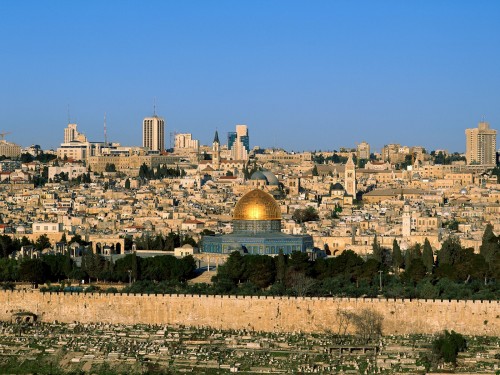
Sunday We are on the boat, our family, barreling north into a sea of granite peaks. Before us spreads the gleaming surface of Lake Chelan, a fifty-one-mile gash cutting deep into the Cascade Mountains. To our right, the eastern foothills flow by, sun-browned in the August heat. They lie hulking like knuckles on a fist. […]
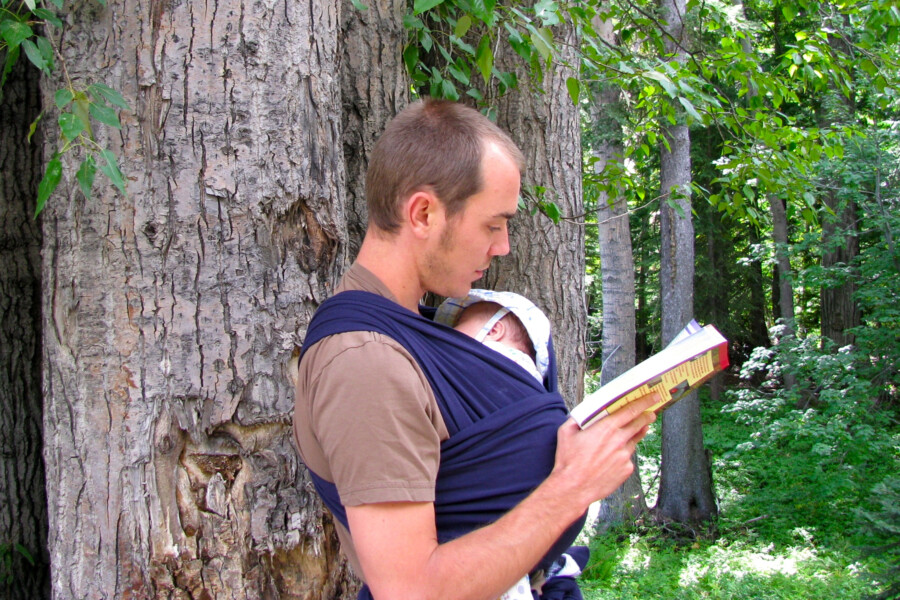
An exploration of the exhibit Oceans of Plastic by artist Shelia Rogers, who cleverly works with plastic and other found material she has collected over years of beachcombing in an effort to raise awareness of a challenging global situation.
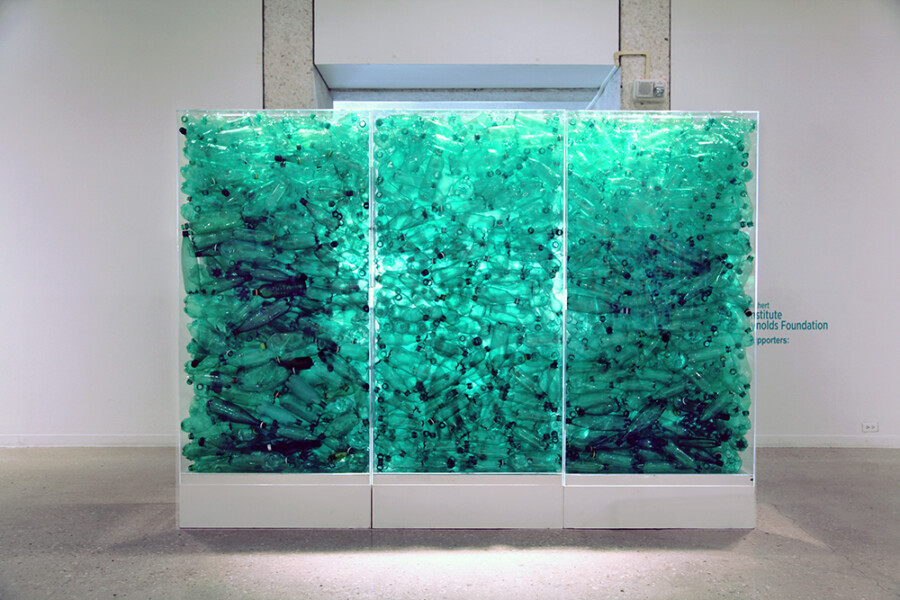
On June 19, 2014, the Presbyterian Church (U.S.A.) voted to allow their pastors to perform “same-gender marriages in civil jurisdictions where such marriages are legal.”[1] As expected, this has caused no small hubbub among American Christians. While gay rights advocates and Christians on the left have lauded this progressive decision and praised the denomination for […]

As Bruce Ellis Benson’s recent book Liturgy as a Way of Life reminds us, “in making art, we always start with something.”[1] To be an artist is not to create ex nihilo but to creatively reinterpret and rework the preexisting forms of art, nature, and culture—including the stories and images that shape and direct our […]
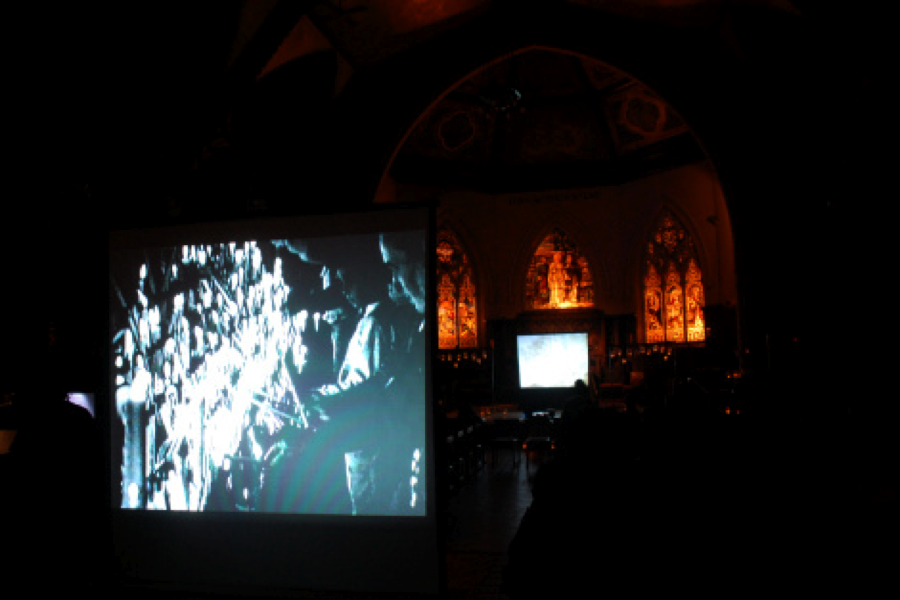
I grew up in a mile-square beachfront town sixty miles south of New York City. From the time I was six years old, when my family left its North Jersey urban roots, every summer day was spent on the beach. When my sister and I were old enough, we peddled there on our bikes to […]
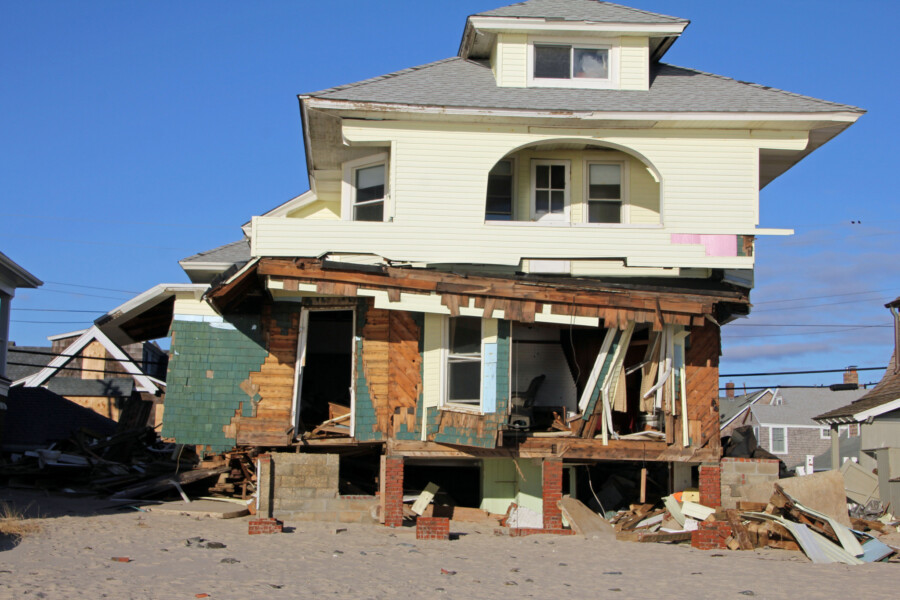
Peter J. Leithart. Shining Glory: Theological Reflections on Terrence Malick’s The Tree of Life. Eugene, OR: Wipf & Stock, 2013. It’s not your average big-budget, Brad Pitt–starring movie that receives a book response from a systematic theologian. But Peter Leithart is not your average systematic theologian. And Terrence Malick’s The Tree of Life is not […]
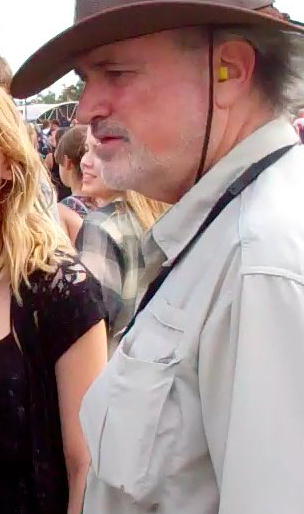
Tell me the landscape in which you live and I will tell you who you are. —Ortega Y Gasset Alan Durning, founder of the Seattle-based Sightline Institute, recounts the story of a trip he took to the Philippines. After interviewing several elders as part of the trip, he was introduced to a frail old […]
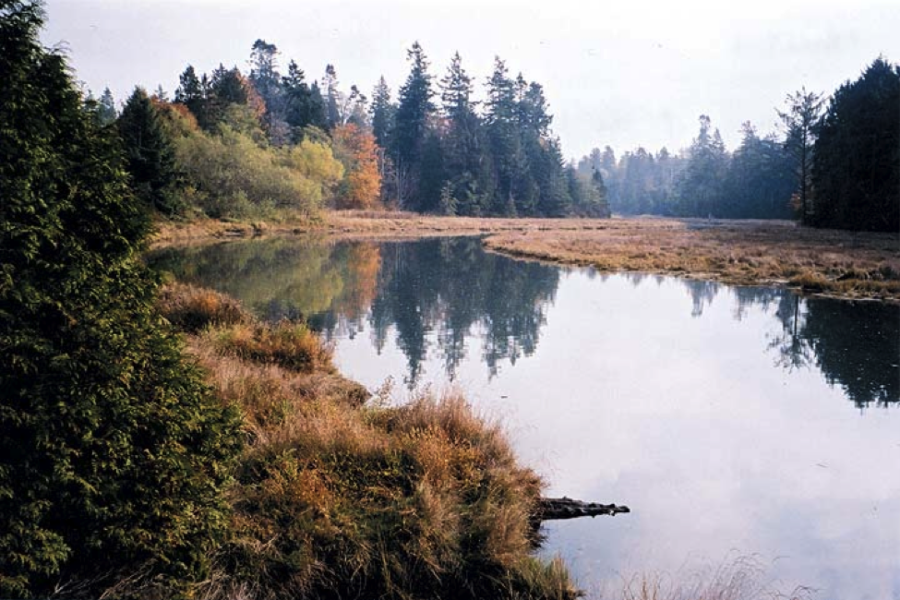
One’s neighbor is often not even the people next door but the people of one’s home, household, workplace and religious community. One’s neighbor is the person of the opposite gender. —Mercy Oduyoye, Beads and Strands Flawless Execution Beyoncé Knowles has done myself, and many like me, a huge favor. Through the popularity of her […]

Do unto those downstream as you would have those upstream do unto you. —Wendell Berry The World and the Earth On a July evening, I sat in a hotel outside the Damascus Gate of Jerusalem’s Old City. Mahmoud Abu Eid, a Palestinian Muslim and family friend, told his story to a group of American […]
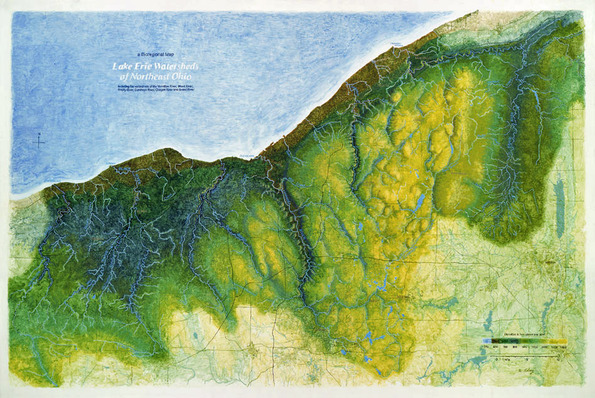
In the incarnation, we discern a new way to find integration and wholeness, one that takes with full seriousness our human struggle as a pathway to the divine.
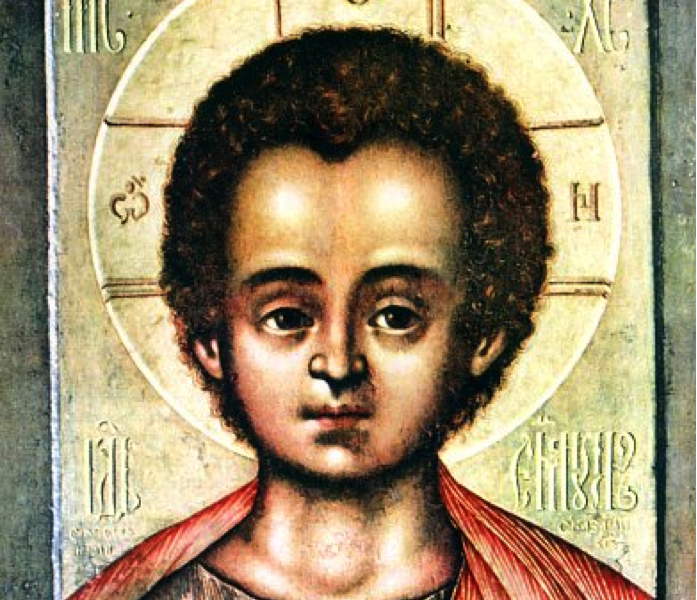
Although he perhaps overreaches in some of what he claims for Willard’s work, Gary Black’s book provides an excellent introduction to Willardian theology and its place within contemporary evangelicalism.
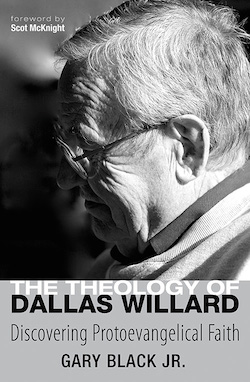
Examining the frontier myth in American culture, Peterson traces her own life’s movement from wanderlust to stability.
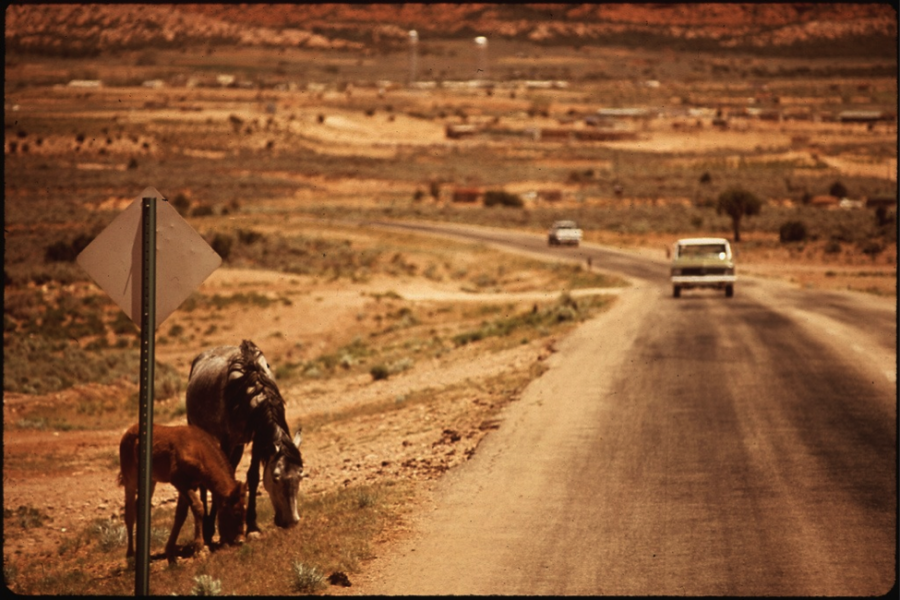
The tangles of anxiety are knotted from generation to generation, rooted in place, and may just be the ties that bind.
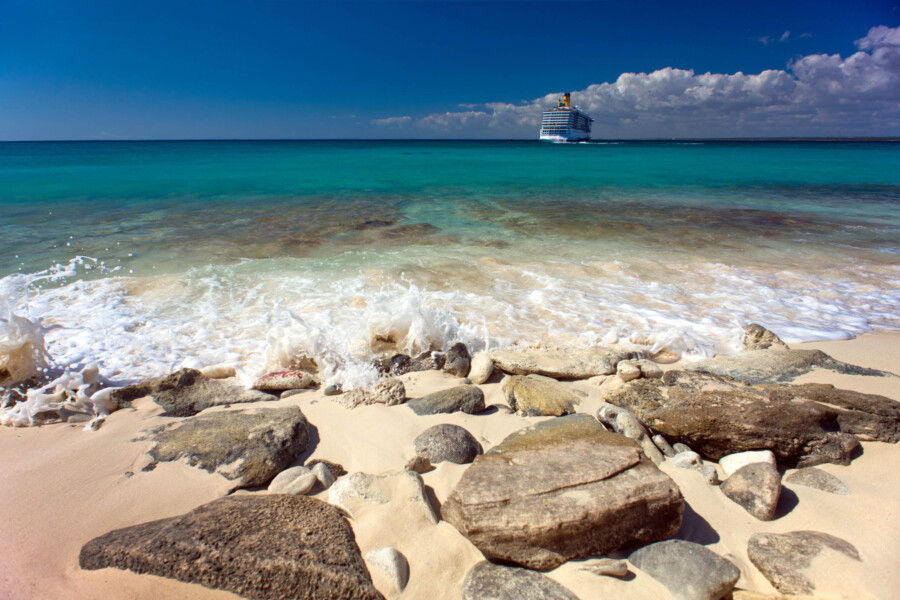
Ephesians teaches us how Christian theology can hold geography as neither primary and nonnegotiable nor irrelevant and unspiritual.
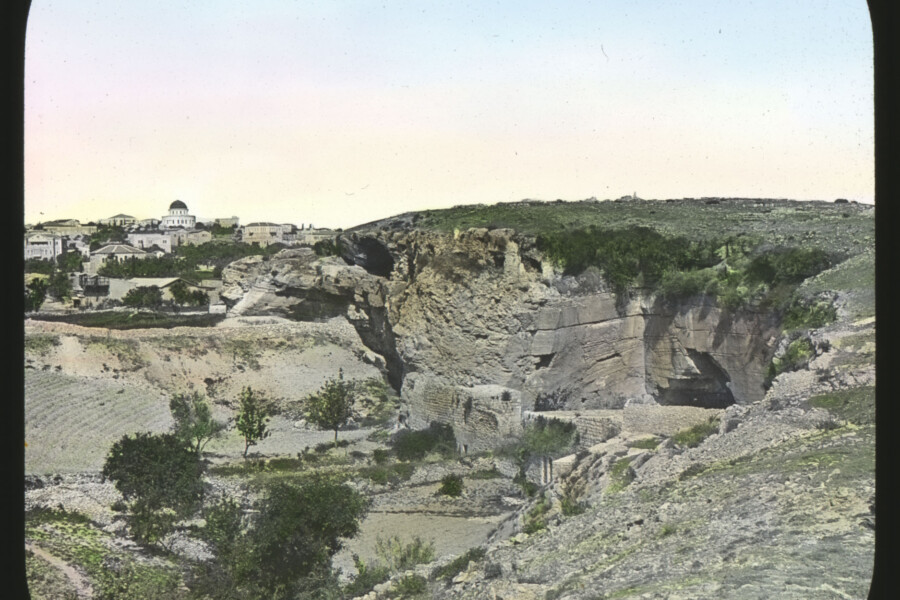
Land is of central concern to the people of God. Indeed, the whole of the Hebrew scriptures would be nearly unintelligible were this theme removed. To inhabit a particular place and to identify with that place constitutes something of the basis of the Jewish way of life from which the Christian church emerged. Yet the […]
